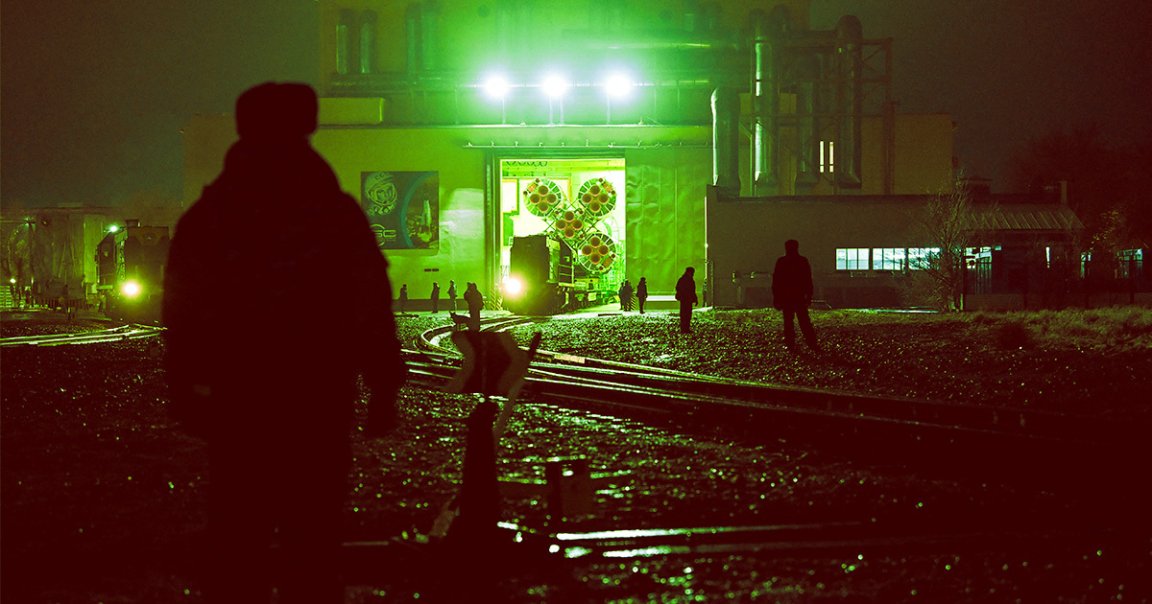
Russia’s space program has seen better days. Its decline is perhaps best embodied in its Soyuz spacecraft, once the ever-dependable, go-to vessel for ferrying both NASA and Roscosmos astronauts to the International Space Station — and now the subject of public scrutiny after numerous high-profile failures.
In December, a Soyuz docked to the ISS started leaking and spraying coolant uncontrollably, causing temperatures in the cabin to rise to unsafe levels. Roscosmos simply chalked it up to bad luck, blaming the failure on a micrometeorite strike.
Two months later in February and the scenario repeated itself, this time on a Roscosmos Progress cargo ship, launched aboard a Soyuz rocket. A coolant loop sprang a leak yet again, this time causing the ship to depressurize. The incident was similarly blamed on a micrometeorite strike.
While no crew members were harmed in either incident, three astronauts — one American, and two Russian — are now stranded. The Soyuz was meant to be their ride home, but an investigation into the incident led Roscosmos to conclude that its spacecraft wasn’t in viable condition for a return mission. The astronauts will now have to endure an agonizing wait until June, when another Soyuz is scheduled to arrive.
If you think two micrometeorite strikes in close succession is too much of a coincidence, your instincts might be right. Anatoly Zak, who created and runs the publication RussianSpaceWeb, told Wired that the odds of that happening are “very close to zero,” considering that, somehow, only the cooling systems were damaged both times.
And let’s not forget that another Soyuz back in 2018 also sprang a leak due to a hole drilled into one of the compartment walls which may have been present before its launch. With three spacecraft leaks in five years, the agency’s usefulness to NASA is waning, with SpaceX’s Crew Dragon spacecraft looking like a compelling long-term replacement.
“What we’re seeing is the continuing demise of the Russian civil space program,” Bruce McClintock, head of the RAND corporation’s Space Enterprise Initiative, told Wired, adding that the frequency of its spacecraft failures “point to an overall decline of the Russian civil space program.”
Meanwhile, back on Earth, Roscmosos is apparently drowning in so much debt that it can’t even pay rent.
The agency relies on the Baikonur Cosmodrome, one of the world’s foremost spaceports in Kazakhstan, to launch all its crewed missions which include bringing NASA astronauts to the ISS. But whether it can continue using Baikonur now seems in jeopardy. Last week, a fed-up Kazakh government seized all of Roscosmos’ assets, since the agency reportedly owes the government a substantial amount of money for using its spaceport.
Getting off the ground may yet prove to be a major hindrance, but maintaining its crewed foothold in space isn’t looking any better, either. The ISS is set to be decommissioned by 2030, and none of the commercially-operated-but-NASA-backed space stations set to replace it — or Chain’s brand spankin’ new Tiangong space station, for that matter — involve Roscosmos, and its plans of building a space station of its own remain unconvincing.
For now, Russia seems more focused on military applications of its space technology at the expense of its civilian pursuits, potentially deorbiting the US and Russia’s longstanding cooperation in space — and sending it tumbling towards a watery grave in the depths of Point Nemo.
More on space missions: Rolls-Royce Will Be Building a Nuclear Reactor for the Moon